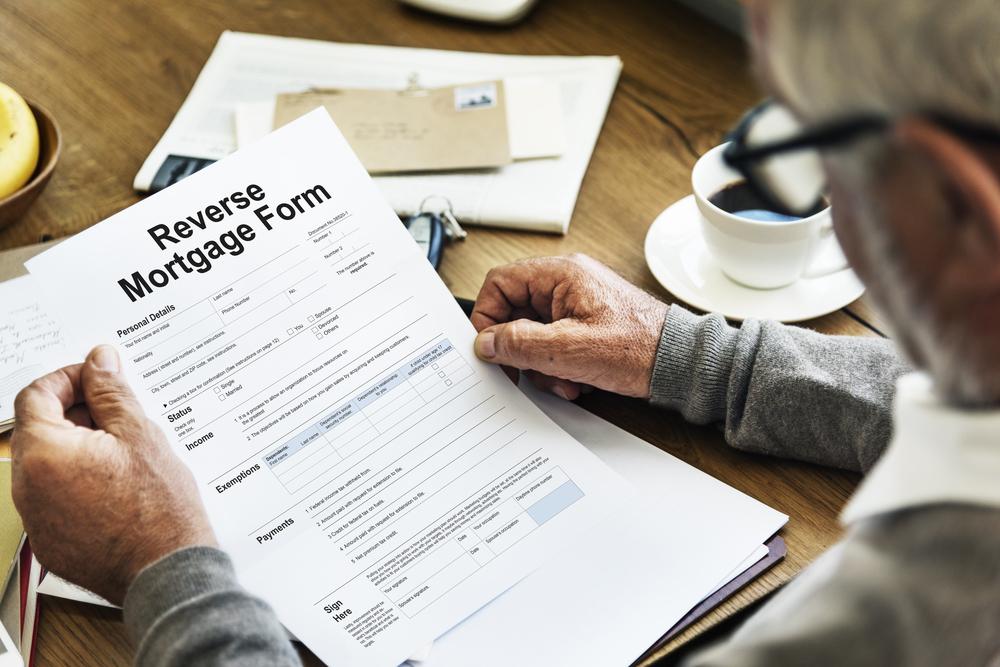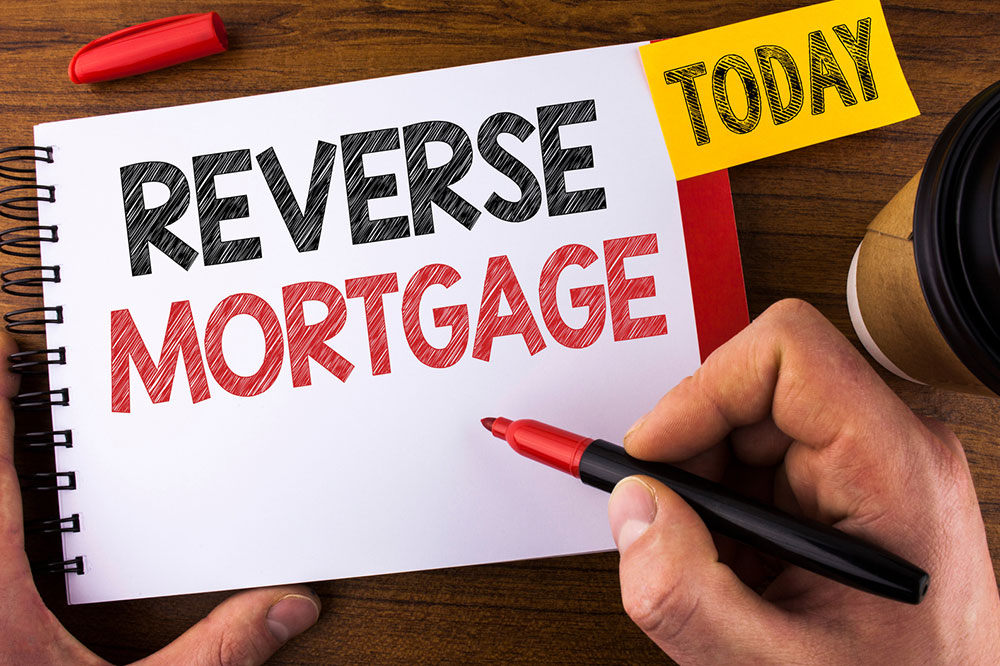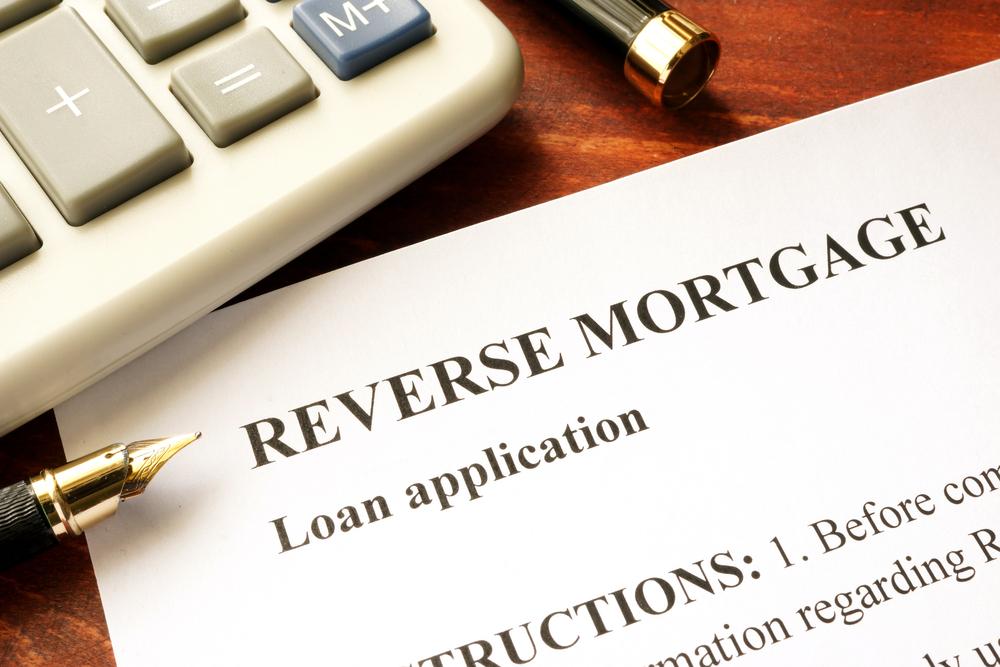Understanding the Potential Risks and Drawbacks of Reverse Mortgages
This comprehensive article explores the potential risks and drawbacks of reverse mortgages, offering detailed insights into how these loans operate, their consequences after the homeowner's passing, and considerations during the homeowner's lifetime. Perfect for seniors and families contemplating reverse mortgage options, it provides essential information to help make informed financial decisions and avoid common pitfalls associated with this financial product.

Reverse mortgages have become an increasingly popular financial option for seniors seeking to unlock the equity tied up in their homes. This financial product allows elderly homeowners to access funds without the need for income verification or credit checks, providing flexibility in managing retirement expenses. Borrowers can receive payments in various forms, including lump sums, lines of credit, or monthly disbursements, offering a tailored approach to their financial needs. Importantly, no monthly repayments are typically required until the homeowner moves out, sells the property, or passes away. When that happens, the house is sold to settle the outstanding loan balance. Despite these advantages, reverse mortgages are complex financial instruments that come with important considerations and potential drawbacks that seniors and their families should thoroughly understand prior to committing.
To qualify for a reverse mortgage, homeowners generally must be at least 62 years old, and the property in question must serve as their primary residence. This means vacation homes, rental properties, or second homes do not qualify for such loans. If the homeowner plans to leave the property to family members, it is essential to understand the repayment process that will occur after their passing. The heirs will need to settle the remaining loan balance, often through selling the house, which can complicate estate plans and affect inheritance expectations.
When the homeowner passes away, the reverse mortgage becomes due and payable. Usually, heirs are given a grace period—often around 6 to 12 months—to settle the debt or transfer ownership. If the heirs cannot or choose not to repay the loan, the lender has the right to sell the property to recover the owed amount. In cases where the sale of the house exceeds the remaining balance of the loan, the excess funds are transferred to the heirs. Conversely, if the house sells for less than the owed amount, the lender absorbs the loss, and the heirs are not responsible for covering the shortfall, thanks to federal limits on non-recourse loans under the HECM (Home Equity Conversion Mortgage) program. Nonetheless, this scenario can reduce the value of inheritance, which might come as a disappointment to estate planners and family members expecting full inheritance.
Another vital consideration is the impact on families who wish to stay in the home after the homeowner's death. Most reverse mortgage agreements stipulate that once the primary resident leaves the property, the loan must be repaid. Therefore, if heirs or surviving family members want to continue residing in the home, they must either pay off the loan or relocate. This requirement can cause significant disruptions, especially for families unprepared financially to settle the debt, complicating estate and family plans.
Beyond the implications after death, reverse mortgages can pose challenges during the homeowner's lifetime. For instance, medical emergencies or health downturns often motivate seniors to consider such loans. However, taking out a reverse mortgage solely due to medical expenses is generally ill-advised, as these loans tend to increase financial burdens rather than alleviating them. These loans are typically designed to serve as a supplementary income source over a limited period, not as a permanent solution for long-term expenses. Once health issues worsen and seniors need to move into care facilities, they are usually required to vacate the home within a year to avoid foreclosure proceedings. This situation complicates planning for aging relatives and can force difficult decisions regarding living arrangements.
Moreover, reverse mortgages are often more costly than traditional home loans. They come with higher interest rates, which means that over time, the amount owed can grow rapidly. Additional costs such as closing fees, lender charges, mortgage insurance premiums, and ongoing property taxes and homeowner's insurance make these loans more expensive overall. Failing to keep up with property taxes or insurance payments can trigger default conditions, ultimately leading to foreclosure—an outcome reverse mortgage lenders seek to avoid but which remains a real risk for borrowers who neglect their responsibilities.
Maintaining the home is a critical aspect of managing a reverse mortgage. Homeowners need to stay current on property taxes, homeowners insurance, and upkeep to avoid violating loan terms. Neglecting maintenance or failing to pay taxes and insurance can lead to the loan being called due and potentially result in foreclosure. As such, reverse mortgage recipients should assess whether they can comfortably afford these ongoing costs, especially in retirement when income sources might be limited.
In summary, while reverse mortgages can provide flexible access to home equity for seniors, they are not without substantial risks. It is essential for potential borrowers to thoroughly research and understand all the implications—financial, estate, and familial—before proceeding. Consulting with financial advisors and legal professionals can help determine whether a reverse mortgage aligns with long-term goals and estate plans. Staying informed about the terms and conditions, costs, and potential consequences ensures that seniors and their families make well-informed decisions that safeguard their interests.
For more updates on mortgage options and expert guidance, follow us on social media and stay ahead in financial planning strategies.





